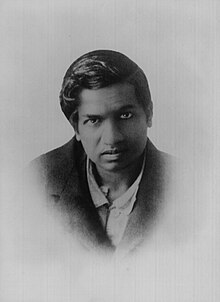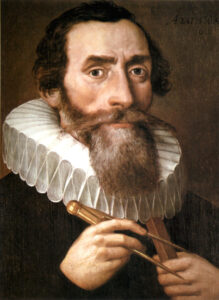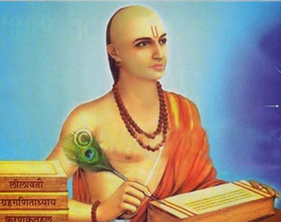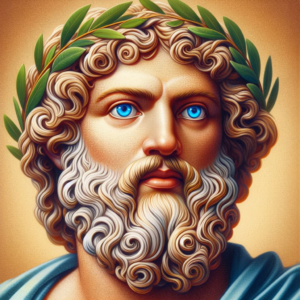Srinivasa Aiyangar Ramanujan was an Indian mathematician, whose genius remains a source of motivation for future generations of scholars. Ramanujan was born on December 22, 1887, in Erode, Tamil Nadu, India. Ramanujan demonstrated incredible mathematical abilities at a young age. Ramanujan’s short, brilliant existence and his work have been made possible by the pure intellect, with which he left his mark on mathematics.
Early Life and Education
Limited access to education, due to the family’s poor income and the fact that Ramanujan only admired mathematics, caused him not to pay much attention to other subjects. However, self-taught reading more and more complex mathematical topics, Ramanujan shortly begins to discover his theorems and formulas.
Mathematical Insights
Ramanujan’s theorems made a significant mark in the history of mathematics thanks to the originality of the formulas. He discovered new equations that had never been mathematically derived before him. His work focused on number theory, infinite series, continued fractions, and modular forms.
Letter to G.H. Hardy
After 1913, Ramanujan sent a letter to the famous British mathematician G.H. Hardy, who demonstrated his theorems and formulas. Seeing the talent of Ramanujan, Hardy invited the Indian mathematician to Cambridge University.
Years in Cambridge
This period was difficult for the mathematician. Ramanujan made a lot of new formulas and papers with Hardy and other Cambridge mathematicians, but the culture shock and cold, rainy climate in England had a significant impact on his health. At home, conditions were strong but encouraging.
Ramanujan became famous for the papers he published and the discoveries in partition theory, modular and actual forms, matrix and addition tomahawks, mathematical physics, continued fractions, elliptical features, and ramanujan master features. He had made difficult but brilliant discoveries in divergent series and quite a while to finish his work on the structure of the ladies’ gender identities.
Ramanujan’s Number
The most well-known contribution of Ramanujan is the Ramanujan-Hardy number the smallest integer that can be expressed as the sum of two cubes in two distinct ways 1729. When Hardy took a taxi to visit Ramanujan in the hospital, he made the idle observation that the number of the taxi was not particularly interesting, and Ramanujan contradicted, saying that, in fact, it was the smallest number that could be expressed as the sum of two cubes in three different ways: 1^3 + 12^3 and 9^3 + 10^3.
Return to India
In 1919, after Ramanujan’s health began to fail, he returned to India. Despite Ramanujan’s loss of energy and episodes of ill health, he continued to work on mathematical problems and publish research papers. He was elected a Fellow of the Royal Society of London in 1918.
Legacy
Ramanujan’s legacy to mathematics is without peer in the history of science. He opened up many possibilities for further research and exploration. Ramanujan-Petersson , Ramanujan prime, Ramanujan theta function, Ramanujan-Petersson conjecture, and the Ramanujan’s Conjecture are just a few examples.
Death and Aftermath
Tragically, Ramanujan died on April 26, 1920, at the young age of 32, after failing to recover from his illness. His death hindered future discoveries by cutting short a productive mathematical life.
Recognition and Honors
After his death, Ramanujan was honored with the establishment of the Ramanujan Institute for Advanced Study in Mathematics at the University of Madras in 1988, and countless mathematical statements, equations, and theorems have been published in his name. In India.
National Mathematics Day is observed on December 22nd in honor of Srinivasa Aiyangar Ramanujan’s birthday to commemorate his extraordinary accomplishments in the realm of mathematics.
Conclusion
Srinivasa Aiyangar Ramanujan’s life and work remains a testament to the capabilities of human mind and the infinite opportunities of the mathematical field. Even though he encountered insurmountable obstacles, he did not give up his love for mathematics and left a remarkable heritage that still feeds and develops modern mathematical science.




